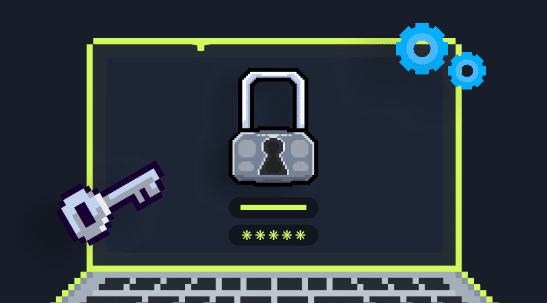PAM vs IAM
Identity and access management (IAM) and privileged access management (PAM) are two related but distinct concepts that organizations use to manage their security policies and user access rights.
IAM focuses on controlling access to a broader range of resources, such as applications, data, and services, for all types of users within an organization, from employees to partners, contractors, and customers. IAM solutions provide centralized and automated tools to manage user authentication, authorization, and identity provisioning, including password policies, single sign-on (SSO), multi-factor authentication (MFA), and role-based access control (RBAC). IAM is often integrated with other security systems and compliance frameworks, such as audit logs and identity governance, risk, and compliance (GRC).
On the other hand, PAM deals with managing privileged or administrative access to critical systems, applications, and data, that are crucial for maintaining the IT infrastructure and operations. PAM solutions are designed to control and monitor the actions of privileged users, such as IT administrators, network engineers, and DevOps staff, who have extensive access to sensitive resources and can cause severe damage if misused or compromised. PAM tools provide features such as session recording, password rotation, workflow approval, and just-in-time (JIT) access, to reduce the risk of insider threats and external attacks that exploit privileged credentials.
PAM vs IAM
In summary, PAM vs IAM differ in their scope and purpose, as IAM aims to manage all types of user access rights, while PAM targets only the privileged access. However, both IAM and PAM are essential for organizations that want to maintain strong security and compliance controls, minimize risk, and ensure proper access governance.
Now that you’re up-to-date with PAM vs IAM, it’s time to try Apono Free!
FAQs
-
What is IAM?
- IAM is a comprehensive framework and set of processes designed to manage user identities, their authentication, and their access to various resources within an organization’s IT infrastructure.
- It focuses on ensuring that the right individuals have the right level of access to the right resources at the right time.
- IAM solutions typically include features such as user provisioning, authentication, authorization, role-based access control (RBAC), and auditing.
- IAM systems are often used to manage a wide range of users, including employees, partners, customers, and other entities, and they are commonly used in both on-premises and cloud-based environments.
Examples of IAM solutions include Microsoft Azure Active Directory, AWS Identity and Access Management (IAM), Okta, and more.
-
What is PAM?
PAM is a subset of IAM that specifically focuses on managing and securing privileged accounts and access within an organization.
-
- Privileged accounts are those with elevated privileges, often held by IT administrators, system administrators, and other trusted personnel who have access to critical systems and data.
- PAM solutions are designed to ensure that privileged access is tightly controlled, monitored, and audited to reduce the risk of insider threats, external attacks, and accidental misuse.
- PAM solutions typically include features like password management, session recording, session isolation, and just-in-time access.
- PAM is particularly important for securing sensitive systems and data, as a compromise of a privileged account can have severe consequences.
-
-
Can PAM and IAM be integrated into a single solution?
Yes, some organizations choose to integrate PAM and IAM functionalities into a unified solution to provide a more seamless and comprehensive approach to access management and security.
-
What are some common components of IAM solutions?
Common components of IAM solutions include user provisioning, single sign-on (SSO), multi-factor authentication (MFA), role-based access control (RBAC), identity lifecycle management, and identity governance.
-
How does PAM help in preventing security breaches?
PAM helps prevent security breaches by enforcing strict controls on privileged access, ensuring that only authorized users can access sensitive resources, and by monitoring and recording privileged user activities for auditing and compliance purposes.
